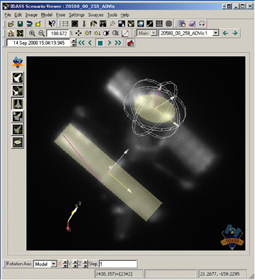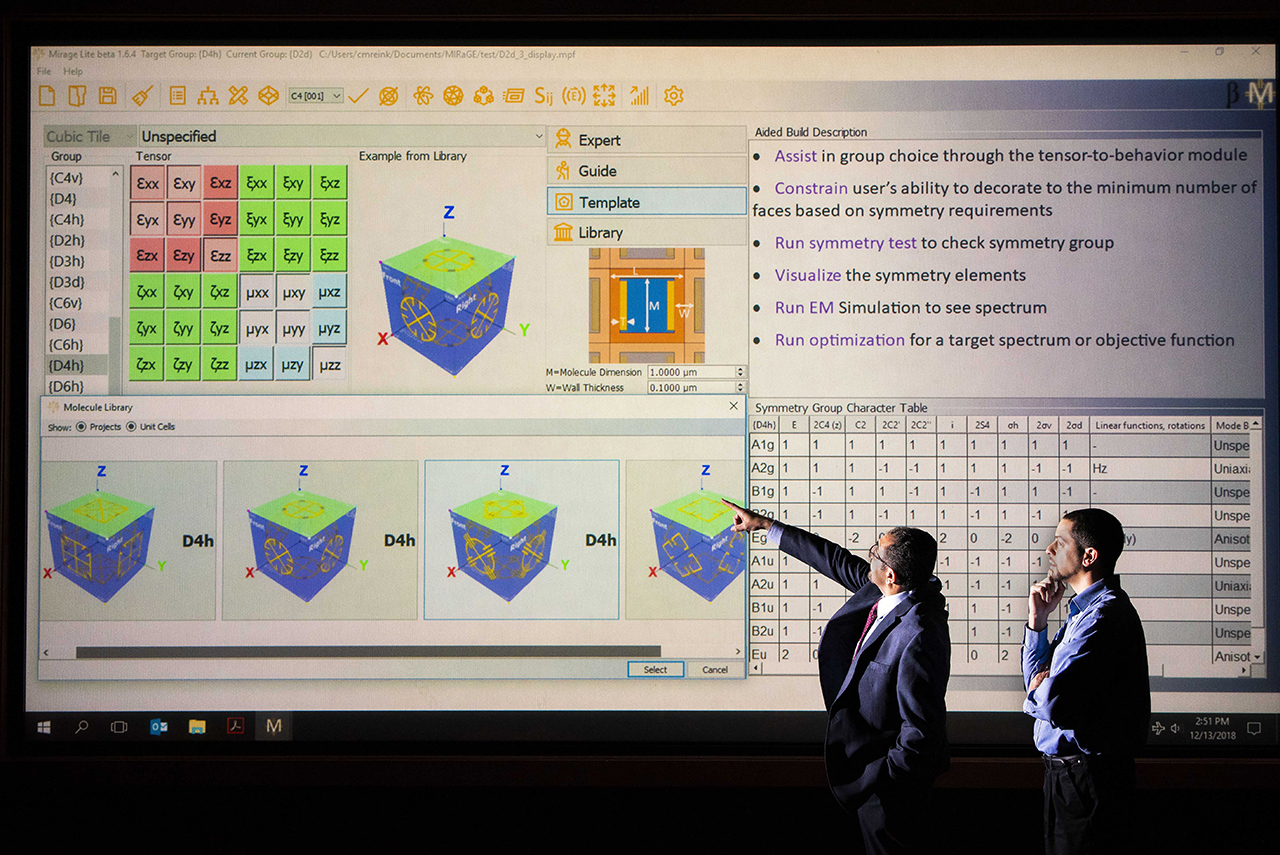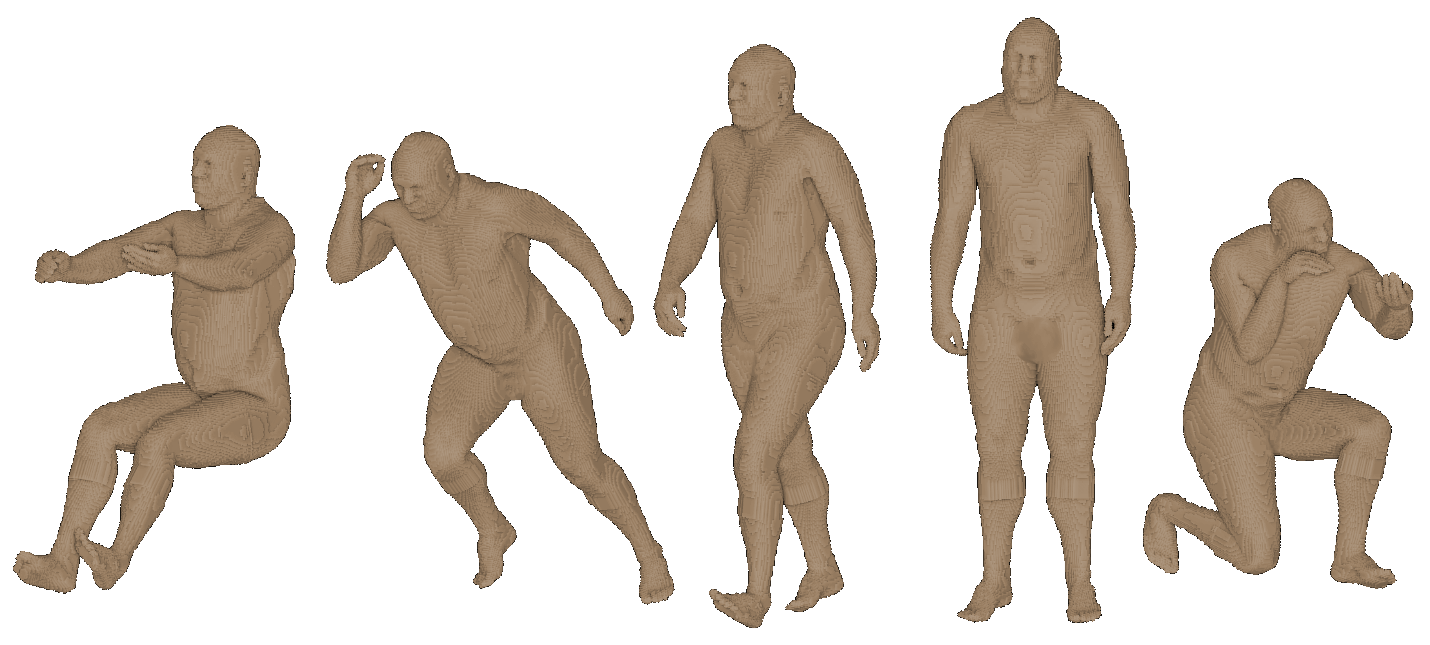simulation
Stellar Science specializes in physics-based simulation, including image simulation, thermal modeling, high-power microwave generation & propagation, and radio-frequency antenna modeling.
physics-based simulation capabilities

Stellar Science has expertise in many domains of physics-based simulation, including image simulation, thermal modeling, high-power microwave generation and propagation, and radio-frequency antenna modeling. A constant challenge in developing simulation codes is to create algorithms that are fast, accurate, and scalable to system size and computational hardware.
In image generation system development, Stellar Science employs reverse Monte-Carlo, multi-bounce raytracing, photon mapping, and numerous other both standard and specialized techniques designed to optimally sample all possible light paths from radiation sources to image-sensing receivers. Radiation may originate from sources external to the scene, such as light from the sun, or it may be thermally emitted from the surfaces of objects in the scene itself. The reverse Monte-Carlo technique traces light rays from the receiver or sensor backwards towards source. In photon mapping, the reverse light paths are selectively connected to forward propagating light paths in a manner that improves sampling in certain situations. Ray bounce directions are computed stochastically using importance sampling. Physically accurate image generation requires sophisticated models of material reflectance, transmittance, and emittance, so rather than using Phong or simplified graphics reflectance models, we support a wide range of more sophisticated models of the radiation-material interaction that applies across spectral ranges.
Our high power microwave modeling techniques center around modernizing, integrating, and streamlining massively parallel computational electromagnetic (CEM) and particle-in-cell (PIC) codes. Data management for such systems has required Stellar Science to create new parallelized archiving and inter-process communication libraries such as the eXtensible Data Model (XDM) for handling multi-gigabyte arrays of array data along with XML metadata in a transparent manner that enables distributed access on massive high-performance computing systems. Stellar Science has also developed algorithms for matching near field to far-field electromagnetic field solutions in order to bridge length scales between codes and validate simulation output against known solutions.
In the radio-frequency (RF) antenna domain, Stellar Science and its partners seek to integrate multiple established CEM techniques including the finite element/boundary integral method, higher-order basis functions, and geometries, surface and volume formulations, and wideband prediction techniques, into a single flexible antenna modeling architecture. The matrix solvers at the core of the software are built using fast, scalable matrix solver algorithms such as fast multipole method and adaptive cross approximation. Compared with other antenna simulation tools, the software developed by Stellar Science and its partners seeks to accommodate larger operational bandwidth and more complex materials and to support geometry with moving parts and structurally-integrated antennas.
mirage overview

Mirage is a group theory-based multiscale simulation toolkit that enables the inverse design of metamaterials exhibiting exotic electromagnetic behaviors beyond the limits of conventional optics. Technological developments enabled by Mirage could include lighter-weight satellites, cloaking devices, and compact aberration-free imaging systems.
vitruvius overview

Vitruvius is human modeling and simulation software tool. This tool provides the capability to pose and morph digital human phantoms, and to perform faster-than-real-time bio-thermal analysis.
